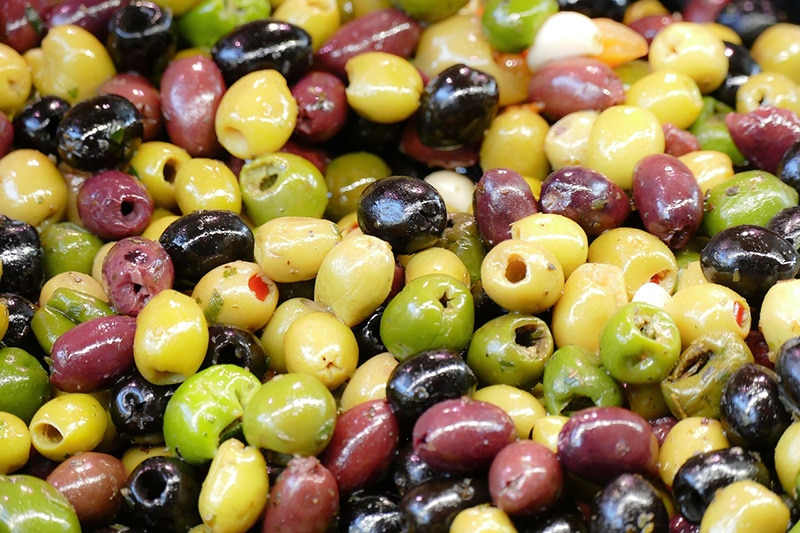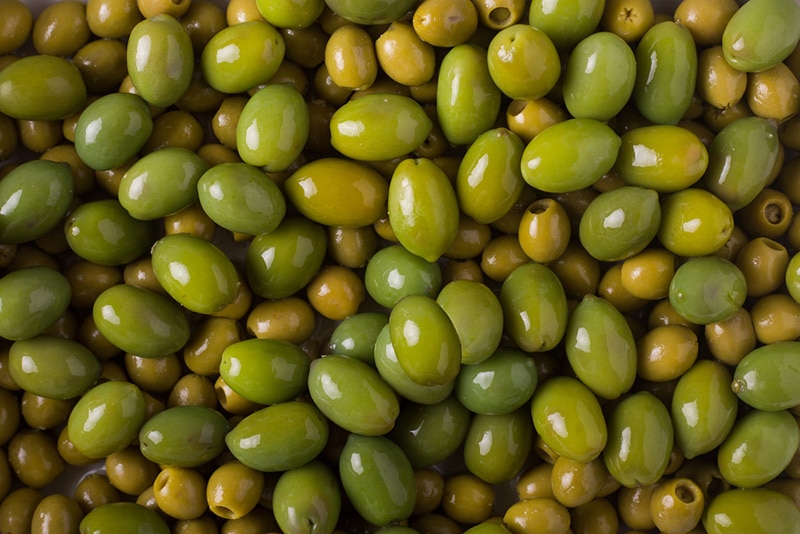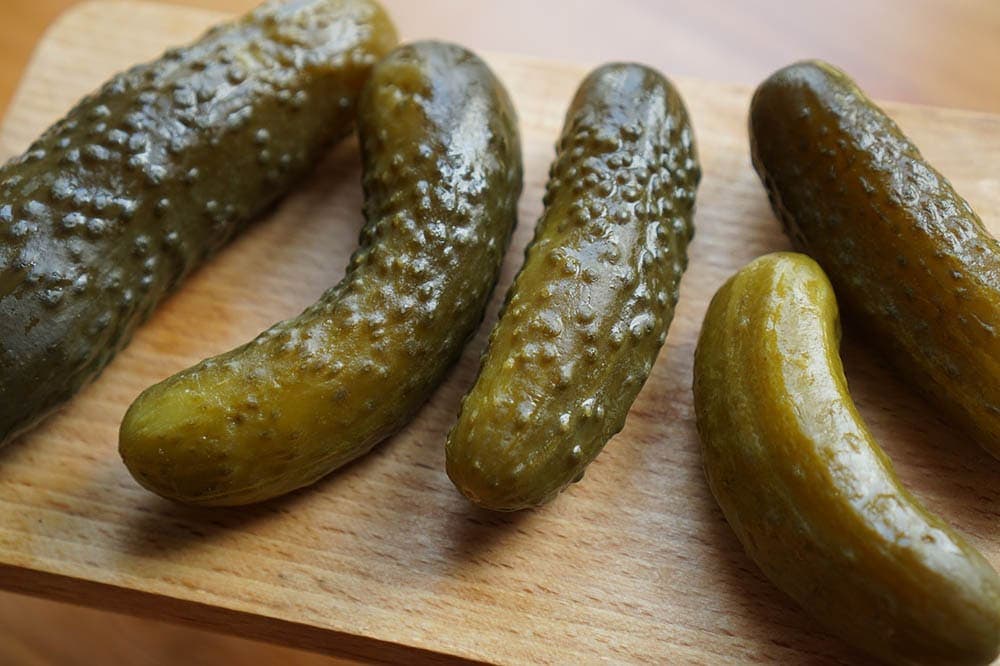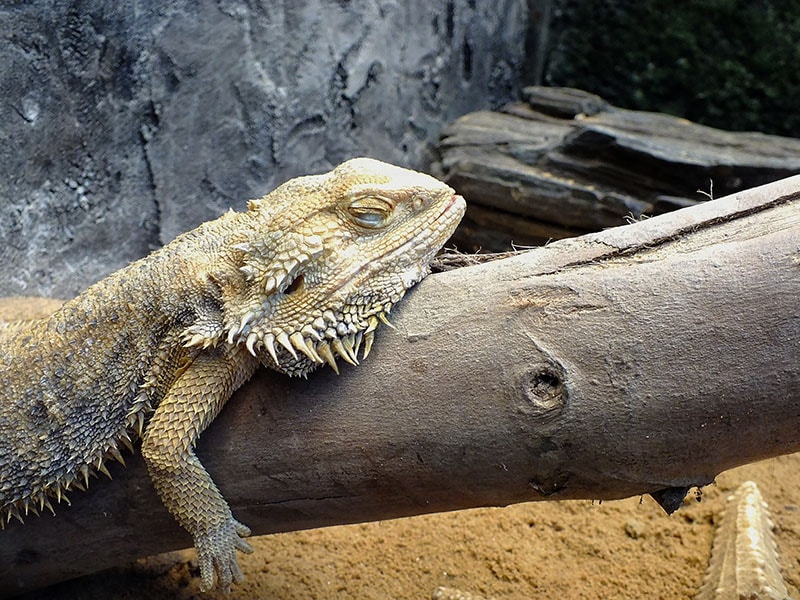Can Bearded Dragons Eat Olives? Vet-Approved Feeding Facts
Updated on

Juvenile bearded dragons typically eat a diet heavy in insects to provide them with the necessary protein and other nutrients to support growth and development. As they mature, the proportion of animal-based foods shifts from 80% to around 50%. The other 50% needs to be made up of mostly leafy greens, with some vegetables and a small amount of fruit. Olives are safe to offer your bearded dragon as an occasional treat, but there are better options.
The Nutritional Value of Olives
There’s no denying the nutritional value of the humble olive. They form a central part of the Mediterranean diet, which is considered to be one of the healthiest on the planet, offering significant benefits—for people.
Olives and Fat
Olives are around 10% fat, which compared to some of the other foods they eat, is actually quite low. Plus, it’s one of the “good” types; monounsaturated fat, which in humans, can have positive effects on cardiovascular health. However, the daily diet of a bearded dragon should only consist of around 3–6% fat. Being that around half of a bearded dragon’s diet comes from eating live foods like crickets and mealworms, which are approximately 30% fat, anything on top of this is completely unnecessary.

Olives and Sodium
Bearded dragons only require around 0.2% sodium in their diet. Olives are particularly high in sodium, which is what appeals to those who enjoy eating them! But a lot of sodium for a small creature like a bearded dragon can be dangerous, potentially causing dehydration and electrolyte imbalances.
The Calcium-to-Phosphorus Ratio
An important consideration when selecting any food for your bearded dragon is the ratio of calcium (Ca) to phosphorus (P). Calcium is essential for bone and muscle health and development, and deficiencies can lead to serious, if not fatal, complications. Phosphorus will bind calcium, preventing it from getting where it needs to go, so if a food contains more phosphorus than calcium, this essentially cancels out the calcium content. Therefore, it is important to feed your beardie foods that have a Ca:P of at least 1.5:1. Ratios of 2:1 or greater are ideal.
With a ratio of approximately 29:1, olives excel on this particular front.
What’s The Verdict?
Nutritionally speaking, if you feel so compelled, you can safely offer your bearded dragon a small amount of olives on rare occasions. No more than one olive per month, pit removed, cut into bite-sized pieces. But if you are looking for some better options to offer your bearded dragon as a treat, take a look at the comparisons below to see why, despite their favorable Ca:P, olives aren’t a great choice.
| per 100g | Olives | Papaya | Blackberries | Strawberries |
| Fat | 11g | 0.26g | 0.49g | 0.22g |
| Sodium | 735mg | 8mg | 1mg | <2mg |

 Final Thoughts
Final Thoughts
Bearded dragons evolved to be able to consume a wide variety of foods as a survival strategy. These lizards likely won’t encounter high-fat, plant-based foods in the wild and haven’t made the adaptive shift to digest them.
While olives aren’t poisonous to your pet, the high fat and sodium content make a solid case to restrict them to special treats. As always, introduce new foods slowly and observe your pet’s reaction before offering them again.
See Also:
- Can Bearded Dragons Eat Onions? Our Vet Approved Advice
- Can Bearded Dragons Eat Jalapenos? Vet-Reviewed Nutrition Facts & FAQ
Featured Image Credit to: michaelmep, Pixabay











